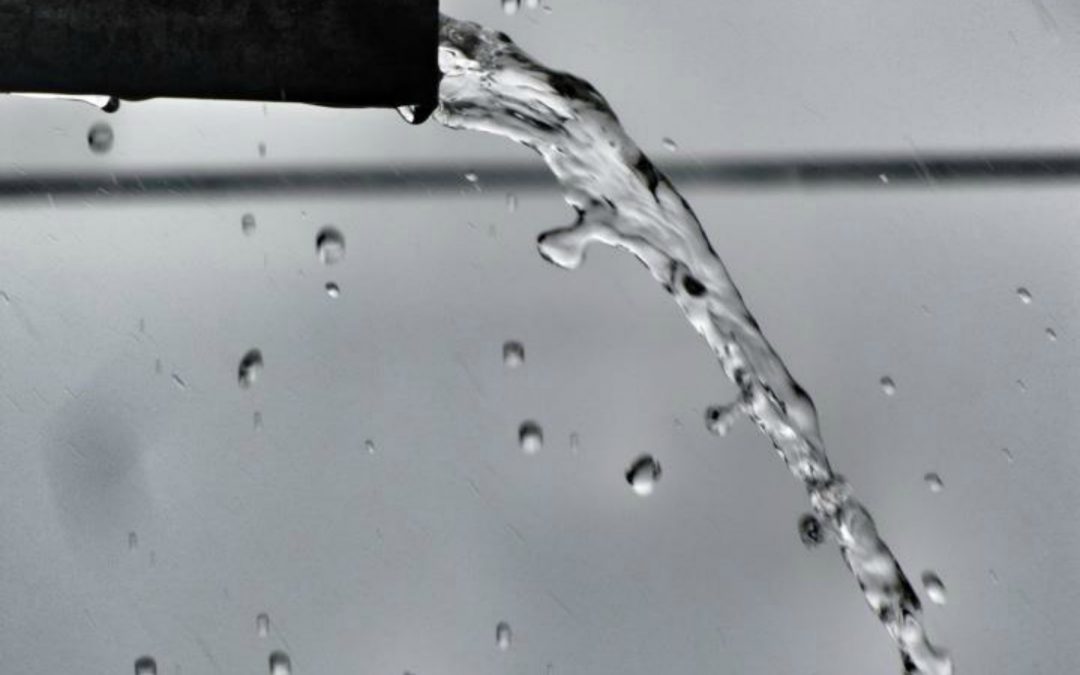*Written by Heather Himmelberger.
“4 million Americans could be drinking toxic water and would never know” headlined USA Today on December 15th, 2016. There is no question that lead in drinking water is a major concern and that making drinking water safe for everyone should be a paramount concern. Much of the blame for the “toxic water” was laid at the doorstep of EPA and state regulators. What the article fails to point out is that we – all of us – are complicit in the problem.
For generations, water has been underfunded and undervalued. No one likes to pay their water bill and no one is happy when it is increased. We have done a great job of sending that message loud and clear to our elected officials so they do whatever they can to avoid rate increases, even when it is in the community’s best interest to increase those rates. At first, underfunding of a utility may go largely unnoticed because many of the assets are long-lived and degrade slowly over time, at least at the beginning. However, the underfunding will catch up to the utility and eventually it will be felt in all kinds of ways. The ones highlighted in the article – inadequate operations, the wrong infrastructure, and contaminated water – are only some of the concerns. There are many others, most of which never make it into the news.
In essence, we get the infrastructure we pay for. If we want top notch water utilities in all parts of the country, including small, rural, economically challenged communities, we will need to recognize the need to pay for them now and into the future. This is a shared responsibility because we are one nation and we may need a national solution to address some of the more extensive challenges.
A stark reminder of our failure to pay for water utilities over time is the issue of lead pipe. We have known about the dangers of lead for a long time. We have known that the best prevention is to remove all lead from the drinking water system, including the lead on the customer’s side. If we had been doing this all along, little by little year after year, it would all be out by now and the issue of lead contamination might largely be moot. It is our unwillingness as a nation to invest adequate amounts in our drinking water infrastructure that has created this crisis. The price tag to remove all lead pipe all at once is astronomical, but it does not (and should not) be done that way. Small investments, year after year, could have created a fund to replace the lead pipe.
What we should keep in mind is that there will be another issue like lead in the future. We may not know what it is right now, but rest assured, something else will be of concern. Maybe it will be the result of pipe materials or treatment chemicals or maybe it will be the result of business activities of some kind (e.g. fracking, agriculture, manufacturing, etc.). The main question is will we be ready to address it? The answer right now is a resounding no.
It is ultimately the responsibility of every water utility to meet compliance and deliver safe, reliable water service. We have state and federal regulatory agencies to ensure that the systems meet their obligations, but it is the community’s responsibility first and foremost. The community leaders hire their water operators and have an obligation to ensure they are properly trained and certified. There are a lot of training opportunities out there – many of them free – but operators must avail themselves of the training and elected leaders must be willing to pay for the travel costs, registration, if any, and make arrangements for a replacement operator.
In addition to EPA and state regulators holding utilities accountable, water customers also have a critical role in this process. Customers receive a consumer confidence report annually from their water utility. This report lists all the water tests and any water quality violations. Water customers should read these reports and demand of their elected leaders that all violations be addressed. Additionally, customers should demand reliable infrastructure and reasonable customer service. Customers need to understand, however, that these goals cannot be achieved without financial support. Customers need to be willing to pay what is necessary to keep the water utility in proper operating order, provide for future infrastructure replacement and pay a reasonable wage for certified operators. Customers should let their elected leaders know they believe water to be a vital component of their community and they are willing to pay more to sustain the system. We may not want to pay but we absolutely need to pay.
The bottom line is that paying your water bill and supporting a sustainable water rate is an investment in the vitality and overall economic and public health of the community. If the water system fails, all else will go with it – jobs, housing value, health, recreation, etc.
Remember water is life!


Recent Comments